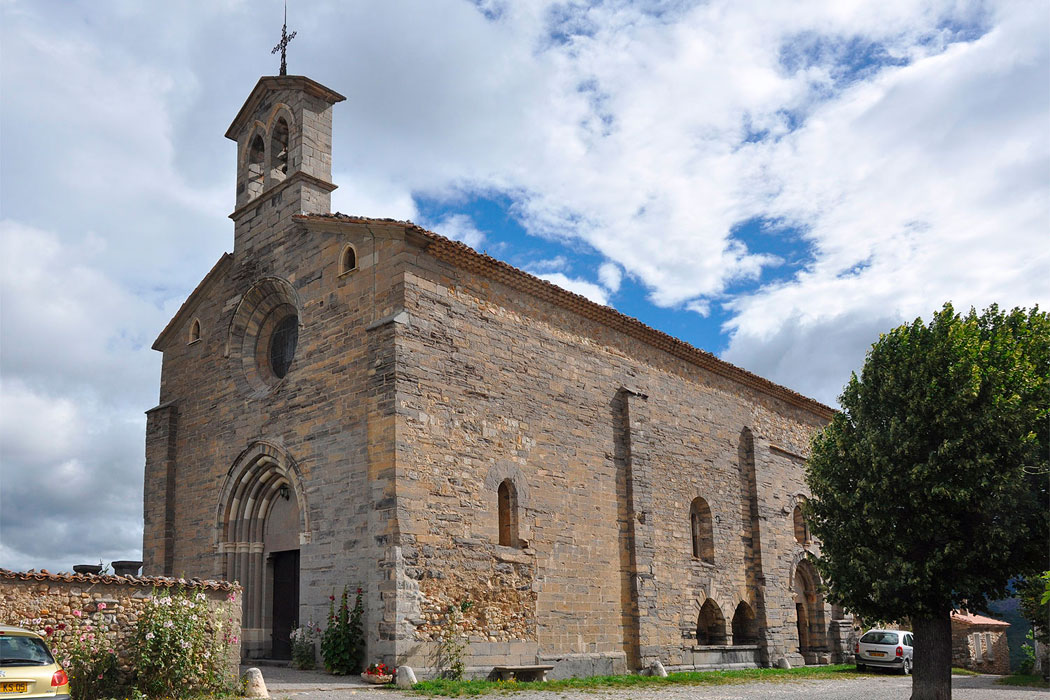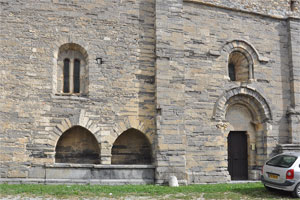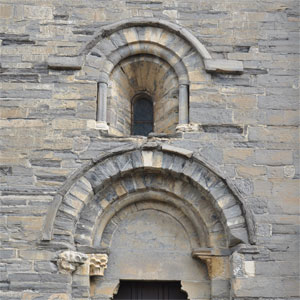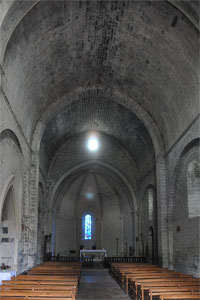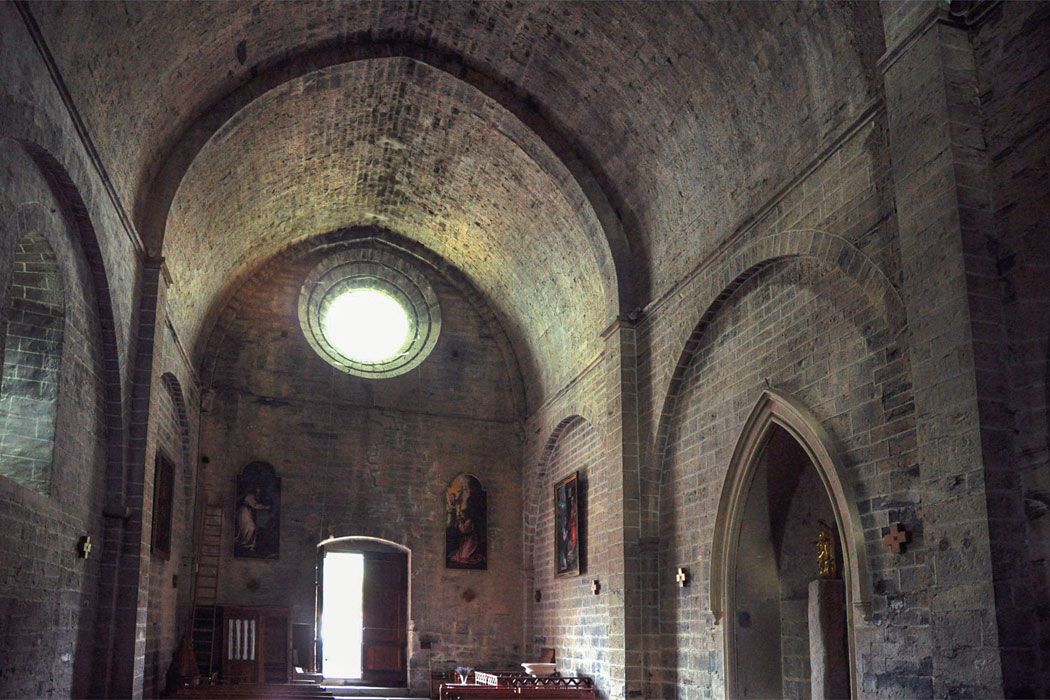In the 11th century, there was a church at this site that depended on the Santo Sepolcro of Acquapendente (Lazio), at least since the year 1048. Later, there is evidence that a community of canons of the Holy Sepulchre had settled at this location and took care of it. The first known prior was Pierre, in 1252.
In 1365, Pope Urban V handed this house over to Cluny, placing it under the jurisdiction of the priory of Notre-Dame de Ganagobie (Alpes-de-Haute-Provence). The site adopted the commenda system in 1516, with the first prior of this period being Claude de Tournon, bishop of Viviers. In 1562, due to the Wars of Religion, the church was severely damaged, but in 1610 it was restored and maintained its status as a priory until the Revolution. It is now the parish church of the Nativité de Notre-Dame.
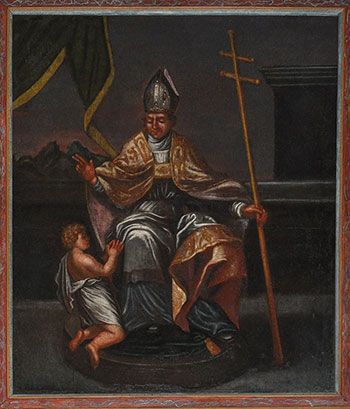
Claudius of Besançon (18th century)
- BERMOND, J. (1925). Monographie de Lagrand. Bulletin de la Société d'études des Hautes-Alpes. Gap: L. Jean
- GUILLAUME, Paul (1891). Pouillé ou État général des bénéfices séculiers et réguliers du diocèse de Gap avant 1789. Gap: Jouglard
- ROMAN, Joseph (1887). Tableau historique du département des Hautes-Alpes. Vol. 1. París: Picard
- ROMAN, Joseph (1888). Répertoire archéologique du département des Hautes-Alpes. París: Imp. Nationale
